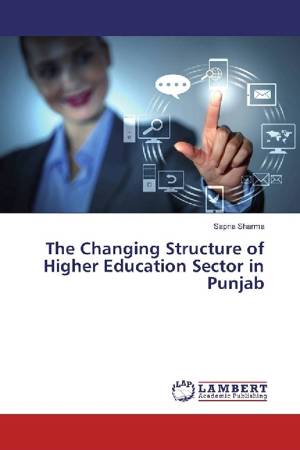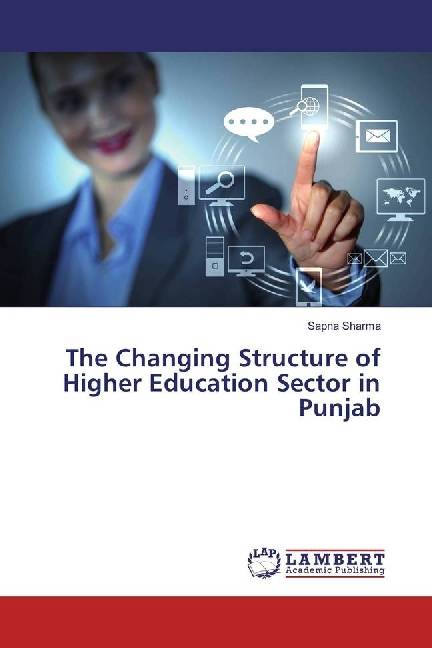
- Afhalen na 1 uur in een winkel met voorraad
- Gratis thuislevering in België vanaf € 30
- Ruim aanbod met 7 miljoen producten
- Afhalen na 1 uur in een winkel met voorraad
- Gratis thuislevering in België vanaf € 30
- Ruim aanbod met 7 miljoen producten
Zoeken
€ 35,45
+ 70 punten
Omschrijving
This book examines the growth and changing structure of higher education sector of Punjab. From the study it becomes clears that education related indicator in Punjab have not shown the desirable improvement, despite the fact that the state has experienced the higher income level over a sufficiency long period of time. On the other hand some states like kerala and Tamil Nadu with much lower level of income in per capita terms have made remarkable progress in education. Further, it emerges that the maximum growth of affiliated colleges providing higher professional education had been witnessed after the introduction of new economic policy - 1991, particularly after the establishment of the PTU (1997) and the BFUHS (1998) in the state. Moreover more than four-fifth of colleges affiliated to the BFUHS and the PTU were owned by the private sector and financed through the high fees and funds charged from students. The major cause of worry, however, is that there is no regulatory authority to check the rising fees and funds to be charged from students and quality of professional education.
Specificaties
Betrokkenen
- Auteur(s):
- Uitgeverij:
Inhoud
- Aantal bladzijden:
- 76
- Taal:
- Engels
Eigenschappen
- Productcode (EAN):
- 9783659919220
- Uitvoering:
- Paperback
- Afmetingen:
- 150 mm x 220 mm

Alleen bij Standaard Boekhandel
+ 70 punten op je klantenkaart van Standaard Boekhandel
Beoordelingen
We publiceren alleen reviews die voldoen aan de voorwaarden voor reviews. Bekijk onze voorwaarden voor reviews.











